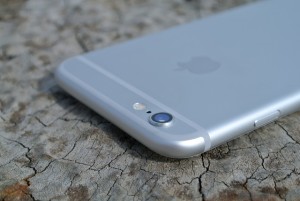All you have to do on your iPhone or iPad before upgrading
 iOS 9 is finally here. It is an update dedicated mainly to improve resource consumption, optimize battery life and soften the overall system performance. This is what you should do before you upgrade.
iOS 9 is finally here. It is an update dedicated mainly to improve resource consumption, optimize battery life and soften the overall system performance. This is what you should do before you upgrade.
All you have to do on your iPhone or iPad before upgrading to iOS in September
Charge your device
If you have less than 50% battery or your device is not plugged in, your iOS device will not be updated. To avoid trouble, charge it a few hours before the upgrade.
Make a backup
IOS updates are usually robust and not give any problems but everything is still perfectly possible that an error in the process that turns the device into a nice brick recoverable only by restoring happen. With this option all data are lost phone and, as always, prevention is better than cure.
Free space
Plain iOS 8 required about 4.58 GB of space, whereas iOS 9 occupies only 1.3 GB, something that surely will relieve the owners of a device iOS 16GB. Even so, and in any case it is likely that suits us make some space and incidentally remove piles of garbage.
A good way is to manually removing applications, photos and documents, or if not going to Settings> General> Usage> Storage. There all applications sorted by size occupying appear, so we can release the executive arm out of the way and that do not use or do not interest us.
See how to check your usage [via apple]
Schedules and initial overhead
If we take into account previous releases new versions of iOS, these usually occur at around 10 am Pacific Time.
One final note: when the launch occurs, and unless you’re pressing the button just update a few seconds later, the servers are overloaded by the number of people who attempt to download at the same time. It is normal and expected, results in much slower or download directly into errors.
So, on the one hand, patience is perhaps another good idea to wait a few hours to pass the initial agitation and pull it down without complications.
